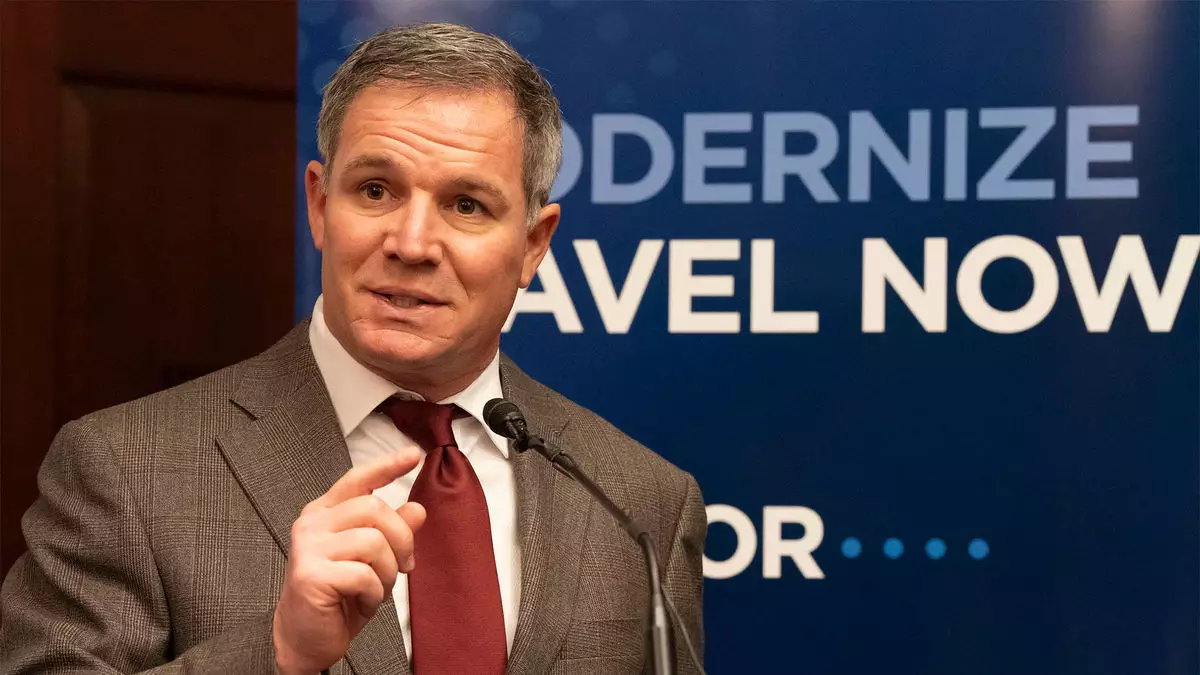In the coming years, the United States is bracing for an unprecedented influx of visitors, courtesy of a series of global events slated to attract millions. From the 2026 FIFA World Cup to the 2028 Olympic and Paralympic Games, these occasions are projected to usher in approximately 40 million international travelers, generating an astronomical $95 billion in economic activity. However, the U.S. Travel Association has raised alarm bells about the current state of national infrastructure to handle this surge. Without urgent modernization of the air travel system, we risk straining our existing resources and delivering a frustrating experience to travelers.
In a recent report by the U.S. Travel’s Commission on Seamless and Secure Travel, an array of pivotal recommendations were put forth to prepare for the upcoming decade. The commission underscored the necessity of a White House task force dedicated to examining the infrastructural needs of the country as global travel demand swells. It highlighted the importance of expediting visa processing through bolstering consulate staff and advocated for substantial investments in airport screening technologies. The recommendations aim to address long airport wait times which have plagued the traveler experience and have been a bottleneck for re-entering Americans.
Geoff Freeman, CEO of U.S. Travel, emphasized that the proposed transformations represent a critical opportunity for the U.S. government to modernize travel operations. He stressed the importance of decisive action, warning that “small fixes” or incremental reform won’t suffice in the face of rapidly evolving global travel dynamics.
A focal point of the commission’s recommendations is the urgent need to rejuvenate the country’s air traffic control systems, which have become antiquated and ineffective. Addressing the chronic shortage of air traffic controllers is equally crucial. This dual approach is necessary not only for the safety of air travel but also for increasing efficiency in air traffic management.
Moreover, the report proposed ambitious changes to airport screening protocols. The suggestion to allow travelers to carry filled water bottles and larger liquid containers through security could dramatically enhance the passenger experience, streamlining the often-dreaded security process. The removal of the need to extract electronics from bags would also alleviate congestion at checkpoints and expedite the overall travel experience.
With a fast-approaching wave of international visitors, the urgency for infrastructural reform in U.S. air travel cannot be overstated. The Commission on Seamless and Secure Travel has laid out a clear pathway for action, indicating that failure to modernize will adversely impact both economic growth and traveler satisfaction. Freeman’s assertion that “the status quo is not an option” resonates profoundly amid a global landscape that is rapidly evolving, often at a pace outstripping U.S. capabilities.
As America prepares to celebrate its 250th anniversary amid a constellation of major global events, the focus must shift toward long-term, transformative investments in travel infrastructure. Those investments could unlock a remarkable $100 billion opportunity within the next four years alone, benefiting not just the travel sector but the overall economy. The time to act is now, and bold measures must be embraced to elevate America’s position in the global travel arena.

